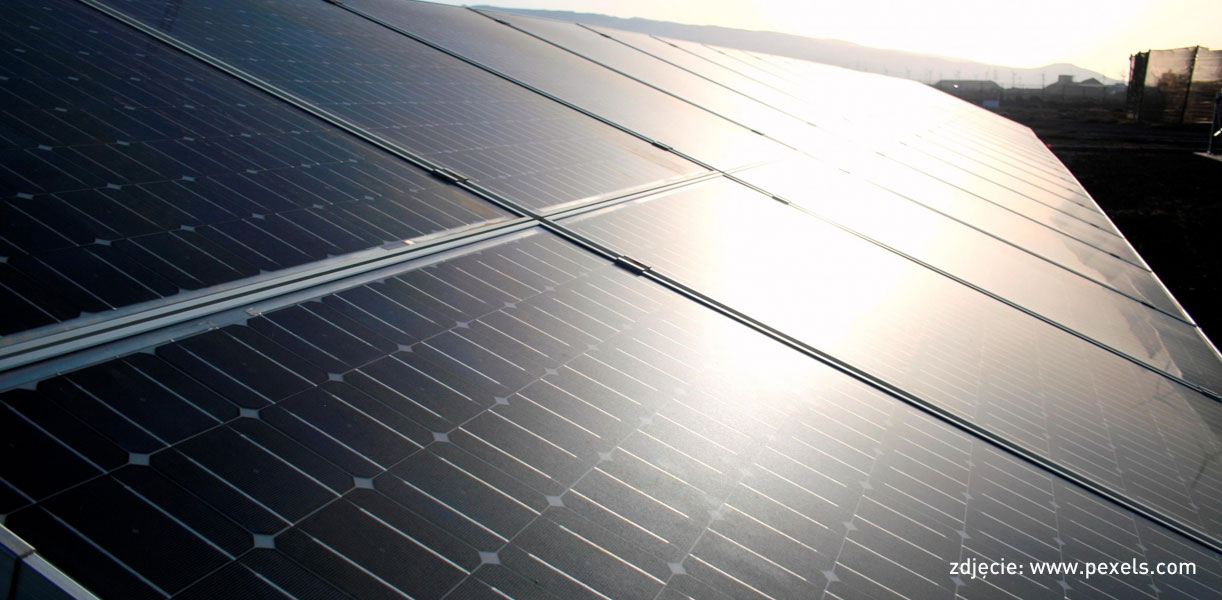Deputy Minister of Climate Ireneusz Zyska signals the need to change the goals of the installed photovoltaic potential, which has been recorded in key government energy documents to date. The government renewable energy representative notes, however, that despite the recent dynamic increase in installed capacity in solar farms, it will be very difficult for Poland to fulfill its commitment regarding the share of green energy in the national energy mix in 2020.
The first governmental energy strategy, which took into account the development of photovoltaics, prepared in 2010 by the then Ministry of Economy, assumed the increase of installed capacity in solar farm in 2020 to the level of 3 MW. Meanwhile, the national photovoltaic potential is now already above 2000 MW.
However, the forecast of the increase of the installed PV capacity, which is an attachment to PEP2040, has already lost its validity. According to her, in 2020 we were to have photovoltaic power plants in the country with a total capacity of about 900 MW, while before mid-2020 we have already installed over 2 GW.
The forecast contained in the latest PEP2040 project indicates that the potential of PV in Poland is to increase to:
- In 2025, up to 5.2 GW,
- In 2030, up to 10.2 GW,
- In 2035, up to 15.2 GW,
- In 2040 up to 20.2 GW.
In 2025, we are to produce 4.8 TWh (2.6 percent of total production) from solar farms, in 2030 – 9.6 TWh (4.8 percent), in 2035 – 14.7 TWh (6.8 percent .), and in 2040 – 19.9 TWh, which would mean 8.5 percent. national electricity production mix.
The National Energy and Climate Action Plan for 2021-2030 sets the goal of starting 2030 solar farms with a total capacity of 7.3 GW. By the way, in this document there is an assessment that “photovoltaic sources will reach economic and technical maturity after 2022, i.e. after this date they will not require operational support”.
Deputy Minister Zyska emphasizes, however, that despite this it will be very difficult to achieve the goal of the share of green energy in the national energy mix in electricity, heating and transport, which should amount to at least 15 percent. in 2020. Failure to meet the national RES target for 2020 may be associated with the need to supplement the missing energy, i.e. statistical transfers, i.e. the purchase of virtual volumes of renewable energy from EU countries with surpluses in relation to their national goals.



